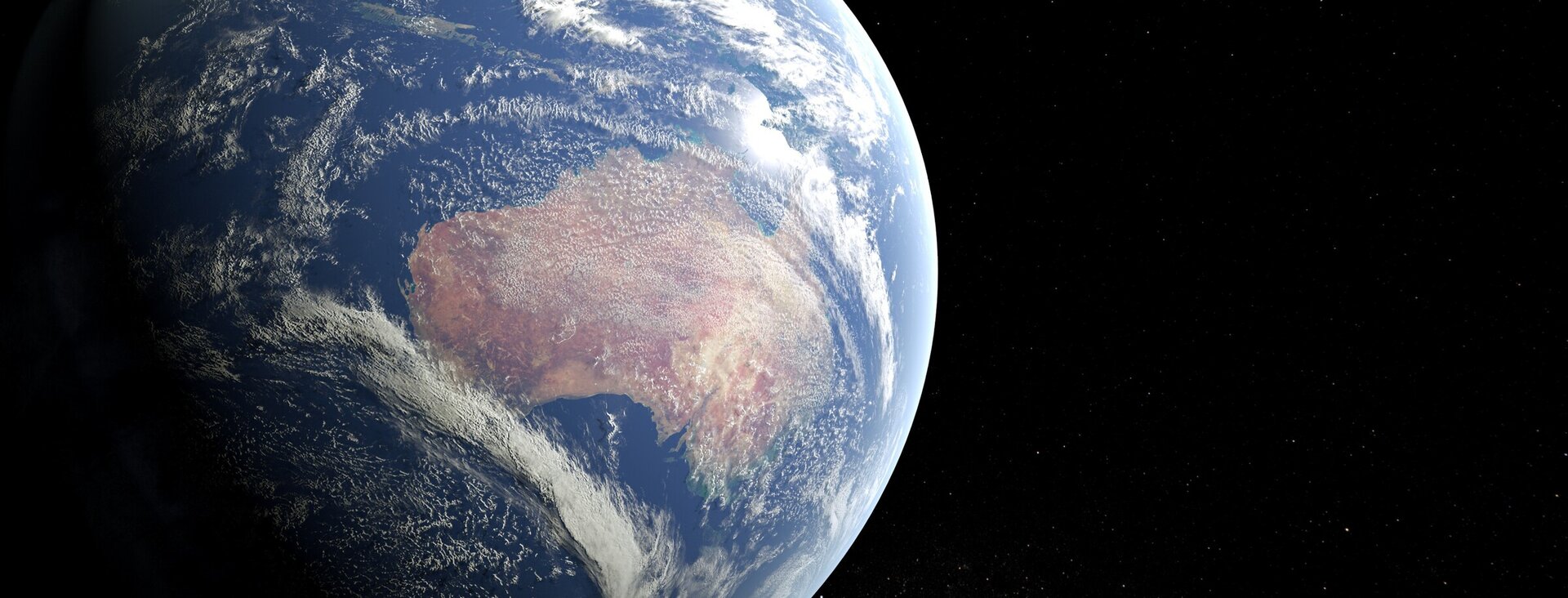Weeds are just like everything else in nature, they are there for a purpose.
For example, weeds with large taproots bring up nutrients from deeper layers and can grow through and loosen compacted soil. We've all seen bare areas of poor soil that will hardly grow grass, and yet weeds such as fleabane are flourishing. These weeds are nature's front line, they are first to fight in the battle to get that soil back to health. These weeds should be slashed and mulched rather than sprayed and killed. That way the minerals they have brought from deep down become part of the topsoil where they can be used by the next generation of plants.
I have seen this at work on my own place. When I bought my property there was a patch that was once a veggie garden, probably 50 square metres or so. The soil had been killed by years of synthetic fertilisers - in fact it was so dead that even grass wasn't growing on it, just the odd woody weed and fleabane.
These woody weeds are natures front line - the hardest troops in the battle that send down deep roots to pull minerals and moisture from below the topsoil.
I didn't hold much hope for the space, but I mulched the whole area to cover the bare soil. Then I sprayed the mulch well with Seaperia Soluble to encourage break down and help the good bacteria get going. And that was all I did.
Within a few months the fleabane was all but gone, replaced by thick masses of grasses and legumes... but I didn't plant them! These plants are sent in as nature's second battalion in the battle to improve the soil - grasses to hold the soil together and legumes to build nitrogen.
In the photo you can just see the remains of the mulch and even an old dead fleabane stalk, covered by a crazy mass of different species.
Now I have something to work with! I can use these as green manure – cut and dug into the soil. It’s the first step to getting this veggie patch thriving again, and the Seaperia I sprayed at the beginning has become part of these plants and will go back to the soil to feed my growing microbiome.
This little experiment on my tiny patch of bare dirt is happening right now all over our planet. It’s quite incredible that industrial agriculture has spent decades destroying our soil with chemicals, and yet the first chance she gets Mother Nature is right there fighting to get the balance back.
Working with nature is about changing the way we look at things. Instead of seeing weeds as the enemy we need to see them as a useful friend. They can provide green manure and mulch, or you can make weed tea.
And did you know we can actually tell what is missing in our soil by looking at what weeds we have.
For example, burdock grows in soils with very high levels of iron and sulfate, very low levels of calcium and manganese. Balance the soil, lose the weed.
There is a terrific book called “When Weeds Talk” by Jay McCaman – it’s available online and if this blog has tweaked your interest I recommend you read it.
And love your weeds!
Blog post by Liz

